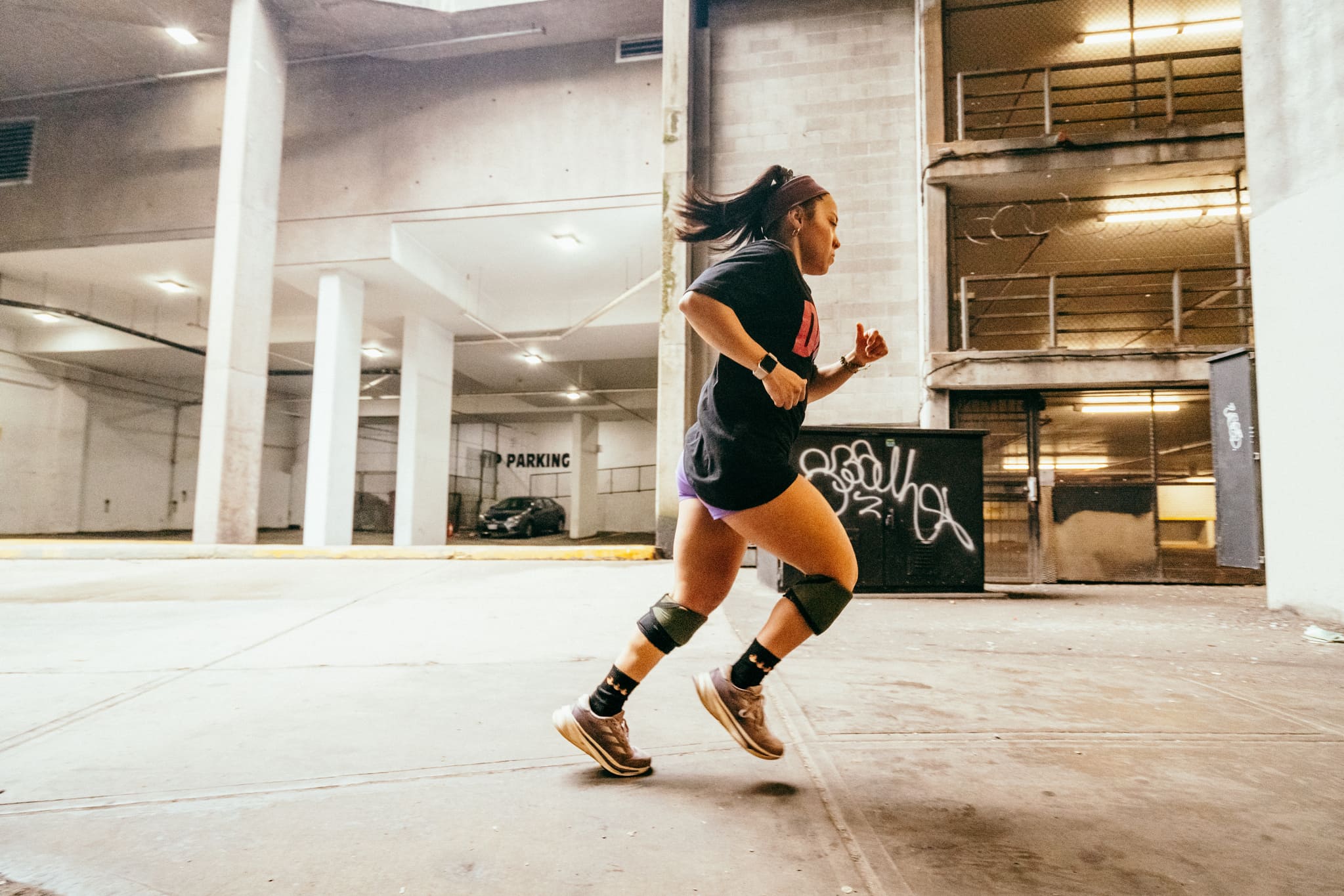Welcome to my weekly summary of the latest research from the world of sports science!
What happens when someone runs a marathon every single day for a year? In this roundup, we explore the physiology behind completing 366 marathons in 366 days, the one hamstring exercise proven to improve balance and reduce injury risk, and how combining cold therapy with compression can significantly speed up strength recovery after intense training—read on.
What Does Running a Marathon Every Day for a Year Do to the Body?

This study followed a 43-year-old Brazilian runner who ran 366 marathons in 366 days—setting a Guinness World Record. Throughout the year, doctors tracked his cardiovascular health using VO₂ max tests, blood markers, and heart ultrasounds. Despite the extreme volume, his heart function remained normal, his aerobic fitness stayed high, and there were no signs of damage or dangerous arrhythmias.
My thoughts: It’s not often you get a full year of lab data on someone running a marathon every day. While it’s far beyond what most of us should attempt, it seems that with medical oversight, recovery routines, and smart pacing, highly motivated individuals can adapt even to ultra-extreme endurance.
Doing Nordics Improves Balance and Hamstring Strength in Just 4 Weeks

This study tested whether adding four weeks of Nordic Hamstring Exercises could improve postural balance and knee strength in 32 recreational athletes. Participants trained three times a week using eccentric Nordics. After four weeks, the Nordics group showed significant improvements in their balance on both stable and unstable surfaces, plus improved hamstring strength in both legs—benefits that remained even four weeks after the program ended. The control group saw no such improvements.
Because poor balance and weak hamstrings are key risk factors for injury, this study supports adding Nordics to training—especially for athletes in sprinting, cutting, or deceleration sports.
My thoughts: The Nordic Hamstring Exercise was part of my physio program when recovering from a serious hamstring tear. I continued doing them and even now occasionally do a few sets. For cyclists, runners, soccer players, and CrossFit athletes alike, it's something you should all have in your armoury!
Cold and Compression Speed Up Recovery When Combined

This study tested whether combining cold exposure with intermittent compression (cryocompression) speeds up recovery after a muscle-damaging workout. Fifteen active men completed a brutal plyometric workout, then recovered using either cryocompression or passive rest. Over the next 48 hours, researchers tracked strength, inflammation, muscle fatigue, soreness, and subjective leg heaviness.
Cryocompression significantly improved recovery of max strength in the quads and reduced inflammation, soreness, and feelings of heavy legs. It also lowered signs of prolonged muscle fatigue. While jump height and cycling power didn’t improve more than with passive rest—the cryocompression group regained maximum muscle force more quickly
My thoughts: A feather in the cap for cryogenic compression to improve recovery after training. I wonder if cold plunging followed by massage therapy would have the same effect?
That’s all for this week! If you learned something new and are curious to know more, head over to the Blonyx Blog or my growing list of weekly research summaries where I help you further improve your athletic performance by keeping you up to date on the latest findings from the world of sports science.
– Train hard!
Looking for more ways to keep up with Blonyx?
Now, you can join the Blonyx Strava Club to track your progress, share training tips, and connect with athletes who share your athletic ambition.
You can also follow us on Instagram and Facebook for additional sports science information, announcements, exciting giveaways, and more!

